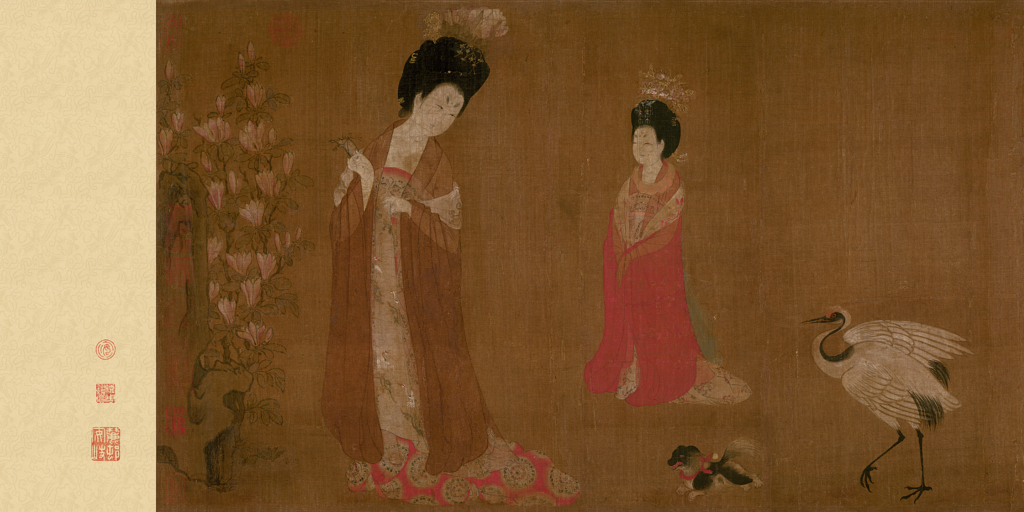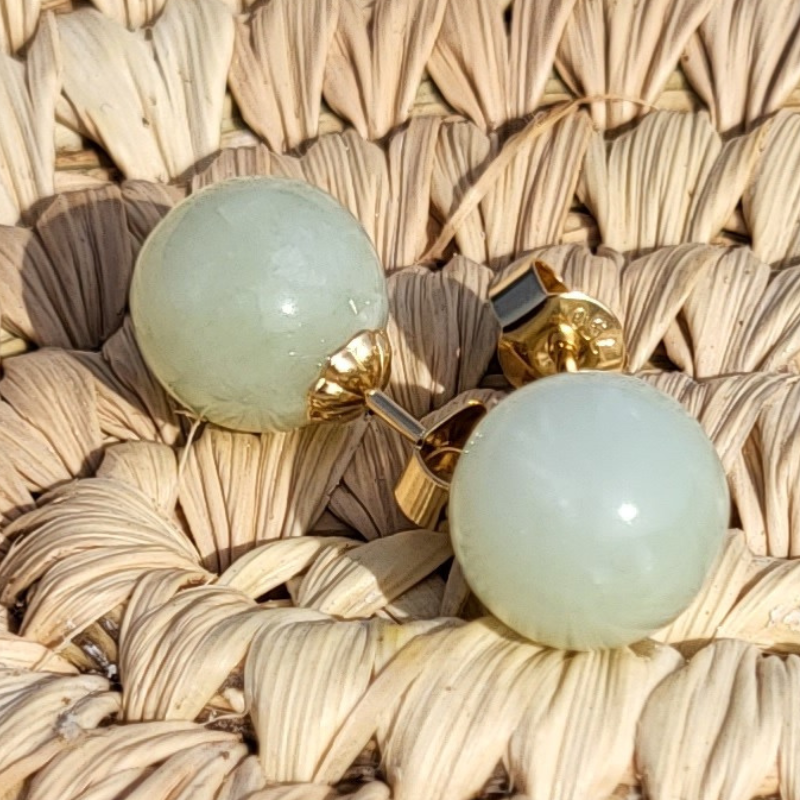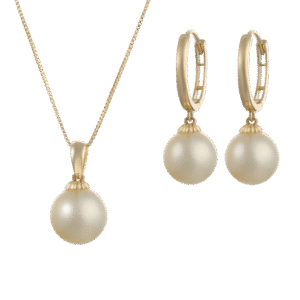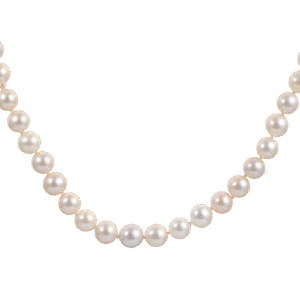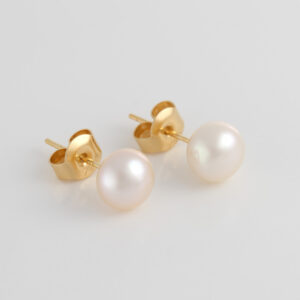In ancient China, pearls shimmered with a mystique that captivated hearts and minds. People believed the moon crafted these luminous gems, dropping them as dewdrops into the sea, while the sun nurtured them, infusing each pearl with radiant energy. Consequently, pearls—known as 珍珠 (zhēnzhū)—held the essence of both celestial bodies: lunar serenity and solar vitality.
The character 珍 means “precious” or “rare,” and 珠 signifies “bead” or “pearl,” together suggesting a treasured jewel. For the Chinese, this cosmic origin made 珍珠 far more than adornments; they symbolized harmony, perfection, and a connection to the heavens. At Pearl Atelier, we celebrate this ancient reverence by crafting pieces that echo their traditional beauty.
Moreover, 珍珠 carried deep spiritual meaning in Chinese culture. They represented purity and wisdom, qualities the ancients cherished in life and thought. Unlike glittering stones, pearls glowed softly, suggesting humility alongside strength—a perfect balance. Emperors wore 珍珠 to signify divine favor, while poets and scholars saw them as nature’s grace.
For example, the Book of Odes (Shi Jing), a Zhou Dynasty (1046–256 BCE) poetry collection, praises pearls in “The Osprey’s Cry” (Ode 1): “The virtuous maiden, fair and fine, / With pearls and jade her beauty shines” (translated from “关雎有珠玉”). Here, pearls elevate the maiden’s virtue, linking them to lunar purity and moral harmony. Thus, 珍珠 became treasures not just for their look, but for the ideals they embodied.
玉 (Jade): The Stone of Virtue
Equally significant was jade, or 玉 (yù), a stone of profound value. The character 玉 resembles a jade piece with a dot marking its preciousness, symbolizing purity and nobility. The Chinese viewed 玉 as a bridge to immortality, its durability standing for eternal life. Additionally, it embodied virtues like wisdom, courage, and benevolence—traits that complemented the pearl’s essence.
Confucius, in the Book of Rites (Li Ji), spoke of jade’s link to character: “The wise have likened 玉 to virtue. Its polish and brilliancy represent purity; its perfect compactness, strength.” He urged gentlemen to mirror 玉’s qualities, blending softness with resilience. Artisans often paired 玉 with 珍珠 in jewelry, merging the stone’s earthy strength with the pearl’s celestial glow.
He went further, painting a vivid picture: “The wise have likened jade to virtue. For them, its polish and brilliancy represent the whole of purity; its perfect compactness and extreme hardness represent the sureness of intelligence; its angles, which do not cut, although they seem sharp, represent justice; the pure and prolonged sound, which it gives forth when one strikes it, represents music. Its color represents loyalty; its interior flaws, always showing themselves through the transparency, call to mind sincerity; its iridescent brightness represents heaven; its admirable substance, born of mountain and of water, represents the earth. Used alone without ornamentation it represents chastity. The price that the entire world attaches to it represents the truth.”
He urged gentlemen to mirror 玉’s qualities, blending softness with resilience. Artisans often paired 玉 with 珍珠 in jewelry, merging the stone’s earthy strength with the pearl’s celestial glow. Together, they created a harmony of heaven and earth, a duality the ancients revered.
Sacred Status of Pearls and Jade in Ancient China
Because of this, 珍珠 and 玉 shone in rituals and gifts. During weddings, brides adorned themselves with 珍珠 to invoke blessings of unity and purity, reflecting the moon’s gentle influence. Meanwhile, 玉 amulets promised protection and longevity, tying the wearer to the sun’s enduring power. Families passed these pieces down through generations, not merely as heirlooms, but as carriers of cosmic energy and ancestral wisdom. For instance, in the Tang Dynasty (618–907 CE), noblewomen wore pearl-and-jade hairpins, their elegance showcasing both materials’ appeal.
Furthermore, the craftsmanship of 珍珠 and 玉 mirrored their sacred status. Artisans harvested pearls from rivers and seas, then polished them to enhance their natural luster. In the Tang Dynasty, for example, pearl jewelry flourished alongside silk and gold, reflecting the era’s wealth. Noblewomen dangled 珍珠 earrings and necklaces, their grace swaying with each step. Similarly, 玉 carvings grew intricate, often set beside pearls to highlight their shared beauty. This artistry turned simple materials into symbols of cosmic wonder, a practice we continue with modern flair at our studio.
Traditional Adornment of Pearls and Jade
So, why choose 珍珠 and 玉 jewelry today? First, they connect us to a rich heritage where nature and spirituality intertwined. Second, their traditional elegance fits any occasion—whether a casual day or a grand celebration. Imagine wearing a 珍珠 pendant kissed by the moon’s glow or a 玉 ring warmed by the sun’s strength—each one tells a story of balance and beauty. We blend these ancient meanings with fresh designs, offering pieces that shine with celestial essence.
Enduring Traditions: Pearls and Jade in Modern Jewelry
In conclusion, 珍珠 and 玉 in ancient China were more than jewels; they were gifts from the cosmos. By believing the moon birthed pearls and the sun nurtured them, the Chinese saw 珍珠 as vessels of harmony and wisdom, as the Book of Odes celebrates. Paired with 玉’s enduring virtues, praised by Confucius in the Book of Rites, they remain a celebration of life’s dualities. Explore our collection, and let their traditional appeal light up your world.

